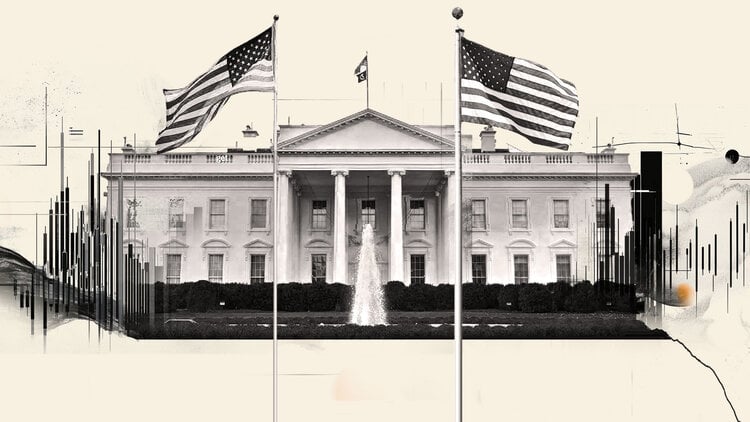- EUR/GBP received support following BoE policymaker Megan Greene’s speech.
- The BoE’s Greene suggested further interest rate cuts are possible as prices are “heading in the right direction”.
- The Euro could face challenges as the ECB has indicated that another cut could be on the horizon.
EUR/GBP extends its gains for the second consecutive session, trading around 0.8340 during Asian hours on Wednesday. Traders are assessing the impact of rising geopolitical tensions in the Middle East, which may have negatively affected trading volumes of risk-sensitive currencies.
The British Pound (GBP) could be facing downward pressure as Bank of England (BoE) policymaker Megan Greene indicated that further interest rate cuts are likely as prices are “going in the right direction.” However, Greene also warned that a consumption-driven recovery in the UK could trigger a new wave of inflation, according to Bloomberg.
BoE policymaker Greene also stated that she believed the neutral interest rate had increased since the inflation shock. Although most estimates suggest the neutral rate for the Bank of England is around 3.5%, Greene did not provide a specific figure. The neutral rate refers to the level at which a central bank’s policy neither stimulates nor restricts economic growth.
On the Euro side, inflation in the Eurozone decreased in September, falling below the European Central Bank (ECB) target. The Harmonized Index of Consumer Prices (HICP) increased by 1.8% year-on-year in September, compared to 2.2% in August. This marks the lowest rate since April 2021.
Despite promising inflation rates in September, the euro zone economy could still face challenges. The ECB cut interest rates to 3.50% in September and has indicated that another cut could be on the horizon.
Traders await the next European Union Unemployment Rate, as well as speeches by ECB members scheduled for Wednesday. In the UK, the Bank of England’s Monetary Policy Report Hearings will be closely watched on Thursday.
Interest rates FAQs
Financial institutions charge interest rates on loans from borrowers and pay them as interest to savers and depositors. They are influenced by basic interest rates, which are set by central banks based on the evolution of the economy. Typically, central banks are mandated to ensure price stability, which in most cases means targeting an underlying inflation rate of around 2%.
If inflation falls below the target, the central bank can cut base interest rates, in order to stimulate credit and boost the economy. If inflation rises substantially above 2%, the central bank typically raises core lending rates to try to reduce inflation.
In general, higher interest rates help strengthen a country’s currency by making it a more attractive place for global investors to park their money.
Higher interest rates influence the price of Gold because they increase the opportunity cost of holding Gold instead of investing in an interest-bearing asset or depositing cash in the bank.
If interest rates are high, the price of the US Dollar (USD) usually rises and, since Gold is priced in dollars, the price of Gold falls.
The federal funds rate is the overnight rate at which U.S. banks lend to each other. It is the official interest rate that the Federal Reserve usually sets at its FOMC meetings. It is set in a range, for example 4.75%-5.00%, although the upper limit (in this case 5.00%) is the figure quoted.
Market expectations about the Federal Reserve funds rate are tracked by the CME’s FedWatch tool, which determines the behavior of many financial markets in anticipation of future Federal Reserve monetary policy decisions.
Source: Fx Street
I am Joshua Winder, a senior-level journalist and editor at World Stock Market. I specialize in covering news related to the stock market and economic trends. With more than 8 years of experience in this field, I have become an expert in financial reporting.







